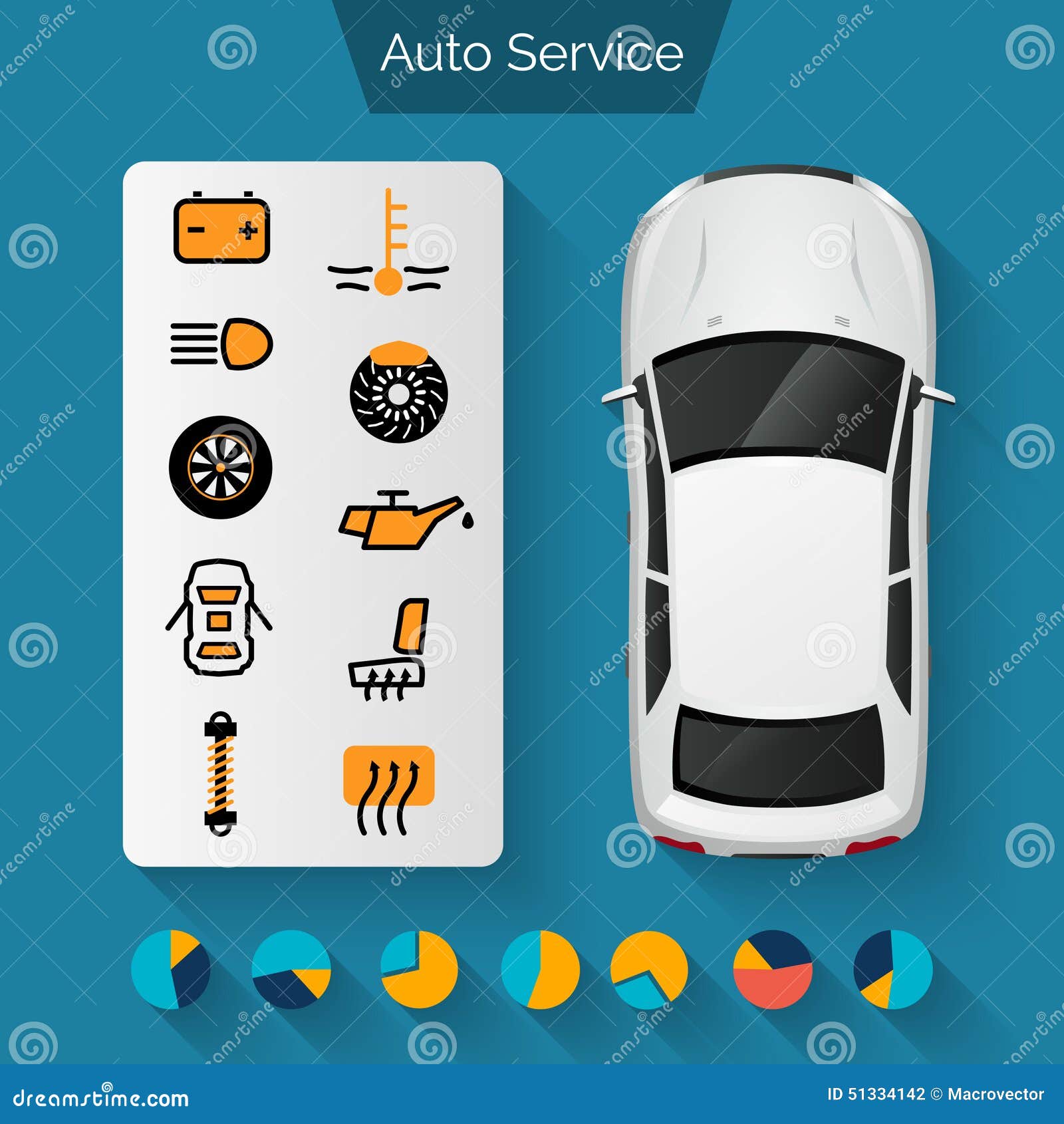Assessing Your Auto'S Caution Indicators: What They Truly Share
Assessing Your Auto'S Caution Indicators: What They Truly Share
Blog Article
Write-Up Written By-Lim Shepherd
When you're behind the wheel, those glowing caution lights on your control panel can be a little bit difficult. Do you know what they're trying to inform you concerning your car's health and wellness? Comprehending the significance of these lights is important for your safety and security and the durability of your automobile. So, the following time among those lights turns up, would not you wish to decode its message accurately and take the needed steps to resolve it?
Common Caution Lighting and Interpretations
Determine usual warning lights in your vehicle and comprehend their meanings to make sure risk-free driving.
One of the most common caution lights include the check engine light, which indicates issues with the engine or emissions system. If engine wash begins, it's vital to have your car examined promptly.
The oil stress alerting light indicates reduced oil pressure, needing prompt focus to prevent engine damage.
A flashing battery light could recommend a malfunctioning charging system, potentially leaving you stranded otherwise addressed.
The tire stress monitoring system (TPMS) light alerts you to low tire stress, affecting vehicle stability and fuel performance. Overlooking this might bring about hazardous driving problems.
The abdominal muscle light shows an issue with the anti-lock braking system, compromising your capacity to stop promptly in emergencies.
Lastly, the coolant temperature alerting light warns of engine getting too hot, which can result in severe damage otherwise settled quickly.
Comprehending these typical caution lights will certainly help you deal with concerns without delay and preserve safe driving problems.
Significance of Prompt Focus
Understanding the typical warning lights in your automobile is only the first step; the value of without delay dealing with these cautions can not be highlighted sufficient to guarantee your safety when traveling.
When a caution light illuminates on your control panel, it's your auto's means of connecting a possible issue that needs interest. Disregarding https://oilchangeplaces84061.blue-blogs.com/38165735/understand-the-essential-steps-to-uncover-a-reliable-auto-service-center-that-will-guarantee-your-automobile-remains-in-prime-problem-your-vehicle-is-qualified-to-the-finest-solution-readily-available can result in much more severe troubles in the future, jeopardizing your safety and security and possibly costing you much more out of commission.
Motivate focus to cautioning lights can stop break downs and mishaps. For https://www.columbian.com/news/2022/jul/24/in-our-view-herrera-beutler-perez-best-for-3rd-district/ , a blinking check engine light might show a misfire that, if left ignored, can trigger damages to the catalytic converter. Addressing this immediately can save you from a costly repair service.
Similarly, a brake system cautioning light may indicate reduced brake fluid or used brake pads, crucial components for your safety and security when driving.
DIY Troubleshooting Tips
If you notice a warning light on your dashboard, there are a few DIY fixing ideas you can attempt prior to seeking expert assistance.
The first step is to consult your vehicle's guidebook to recognize what the specific warning light shows. In some cases the issue can be as straightforward as a loosened gas cap activating the check engine light. Tightening https://oilchangeplaces62849.smblogsites.com/31203051/intend-to-discover-the-most-credible-vehicle-repair-shop-in-your-locality-evaluation-the-leading-10-suggestions-that-will-certainly-support-you-in-making-an-audio-decision may deal with the issue.
Another usual problem is a low battery, which can trigger different advising lights. Inspecting the battery connections for deterioration and guaranteeing they're protected may fix the trouble.
If a caution light lingers, you can try resetting it by detaching the automobile's battery for a few mins and afterwards reconnecting it. Furthermore, checking your vehicle's fluid degrees, such as oil, coolant, and brake liquid, can aid fix alerting lights related to these systems.
Conclusion
Finally, understanding your vehicle's caution lights is essential for maintaining your car running smoothly and safely. By quickly addressing these alerts and knowing what they mean, you can stay clear of pricey repairs and potential malfunctions.
Bear in mind to consult your car's manual for specific details on each warning light and do something about it accordingly to ensure a hassle-free driving experience.
Stay informed, remain risk-free when driving!
